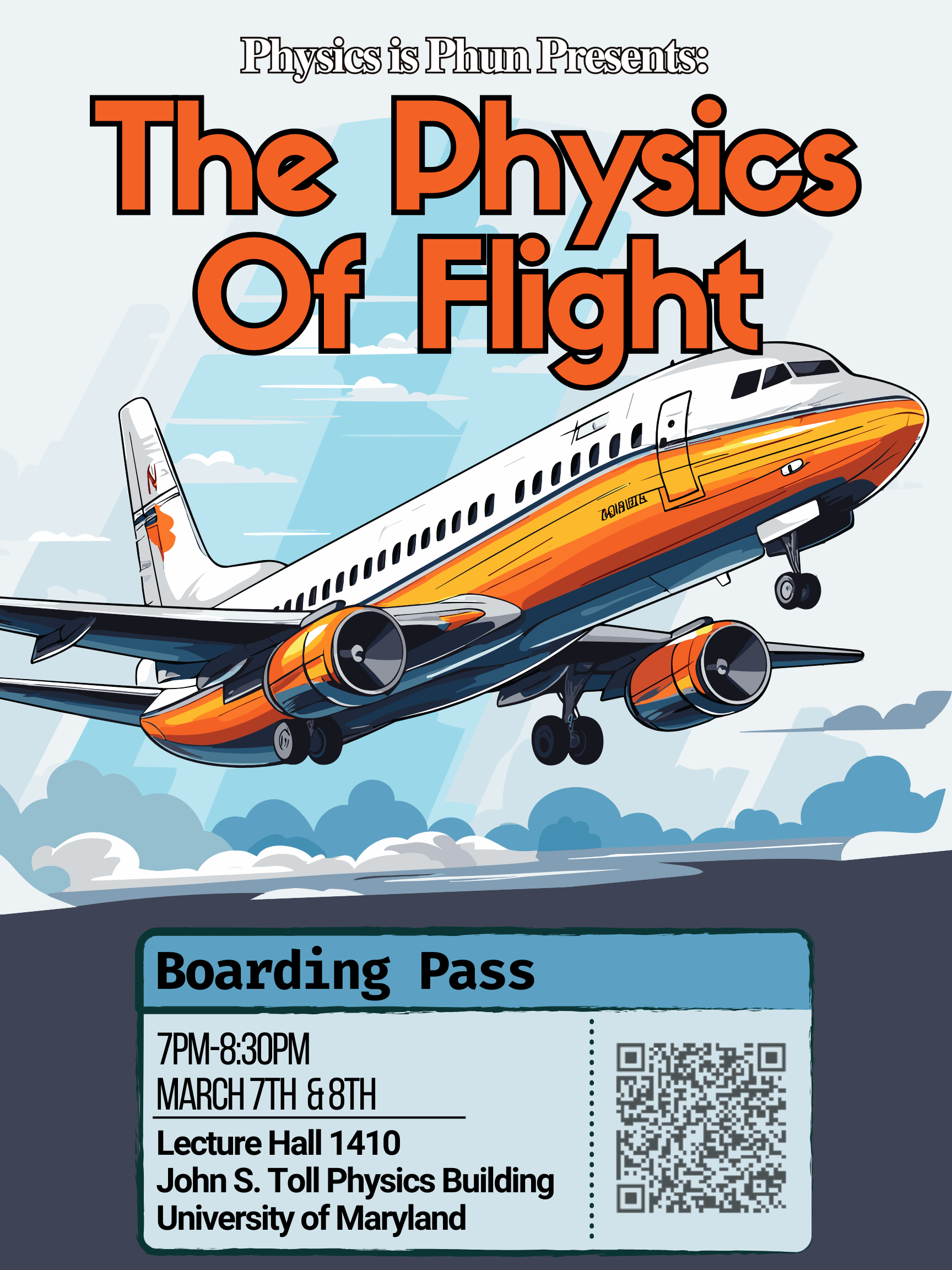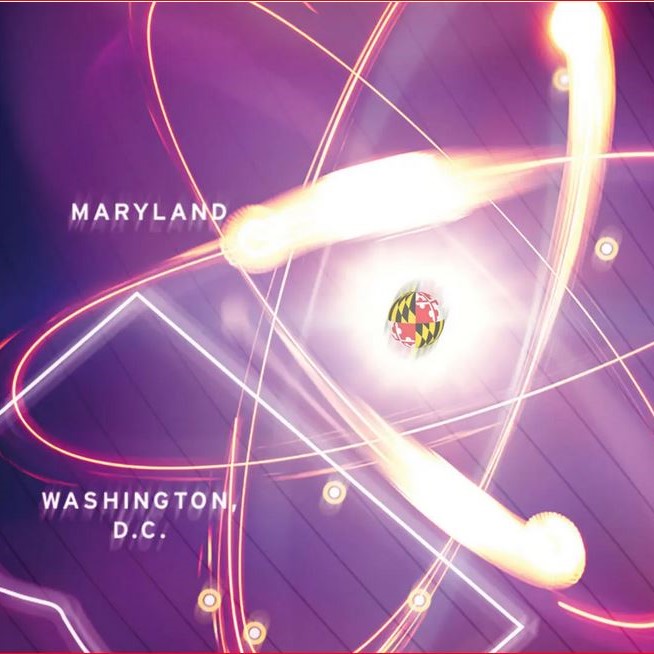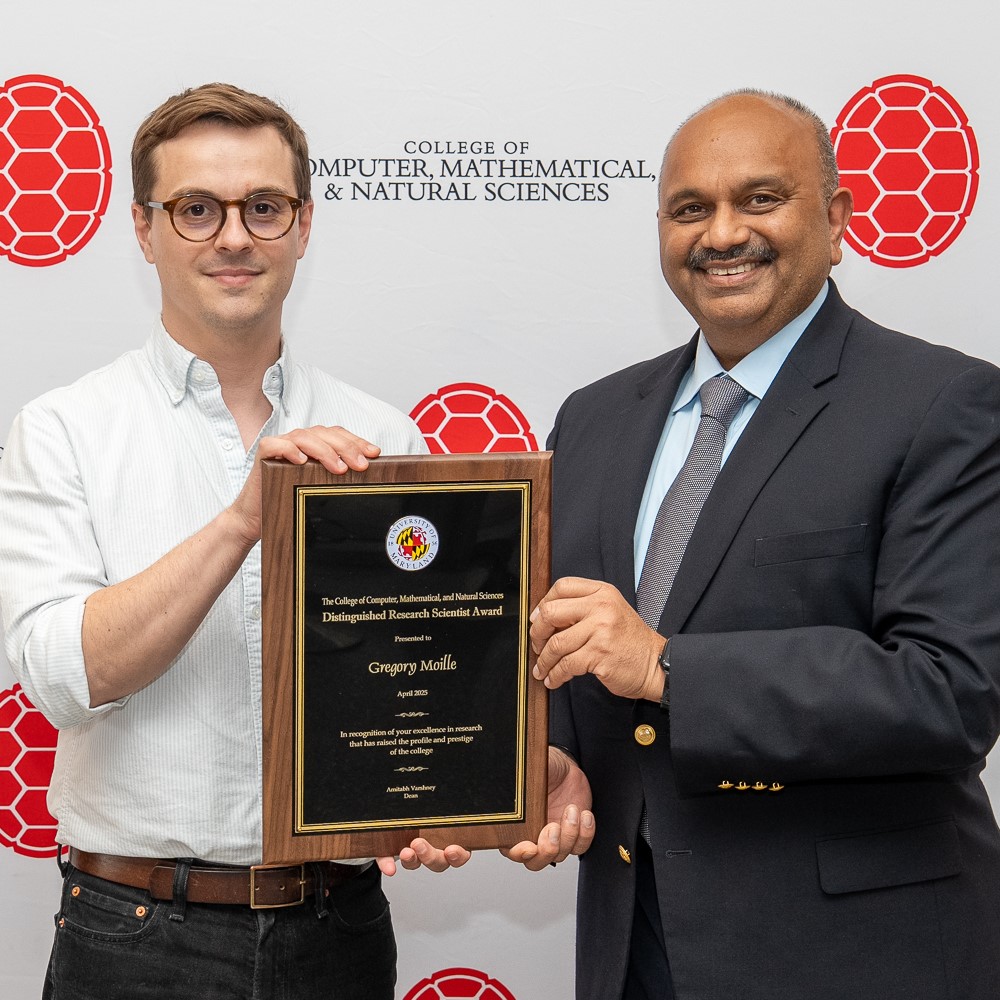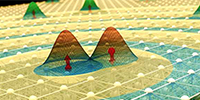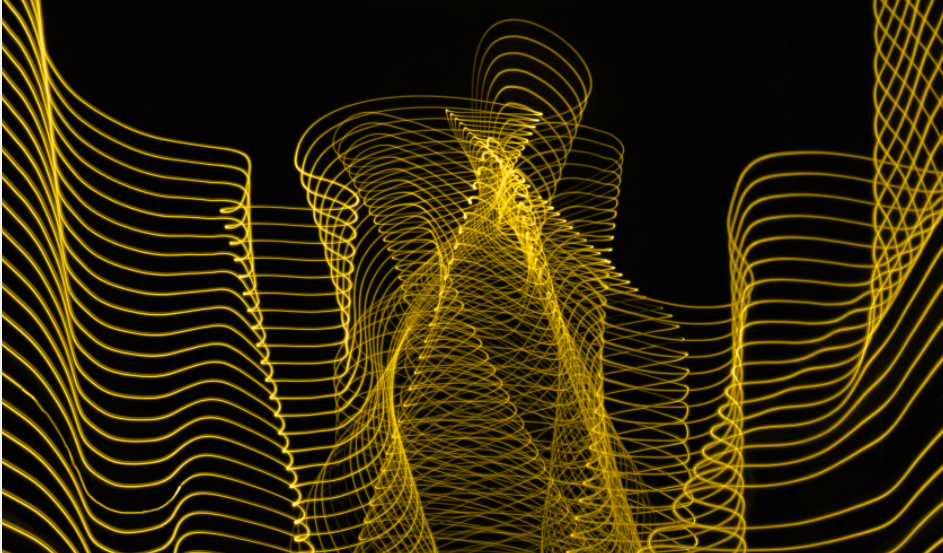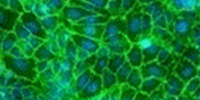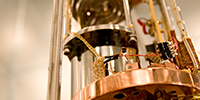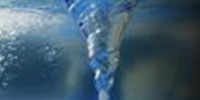The Challenge of Sustainability: Lessons from an Evolutionary Perspective
- Details
- Created: Wednesday, December 02 2009 09:06
- Last Updated: Wednesday, December 02 2009 09:06
- Written by Carole Kiger
- Hits: 3244
December 08, 2009
The continual increase in the human population, magnified by increasing per capita demands on Earth’s limited resources, raise the urgent mandate of understanding the degree to which these patterns are sustainable. The scientific challenges posed by this simply stated goal are enormous, and cross disciplines. What measures of human welfare should be at the core of definitions of sustainability, and how do we discount the future and deal with problems of intra-generational and inter-generational equality? How do environmental and socioeconomic systems become organized as complex adaptive systems, and what are the implications for dealing with public goods at scales from the local to the global? How does the increasing interconnectedness of coupled natural and human systems affect the robustness of aspects of importance to us, and what are the implications for management, what is the role of social norms, and how do we achieve cooperation at the global level? All these issues have parallels in evolutionary biology, and this lecture will explore what lessons can be learned from ecology and evolutionary theory for addressing the problems posed by achieving a sustainable future.
-------------------------------------------------------------------------------------------------------------------------------------------------------------------------------------------------
Colloquia are held Tuesdays in Room 1410 at 4:00 pm (preceded by light refreshments at 3:30). If you have additional questions, please call 301-405-5946.







